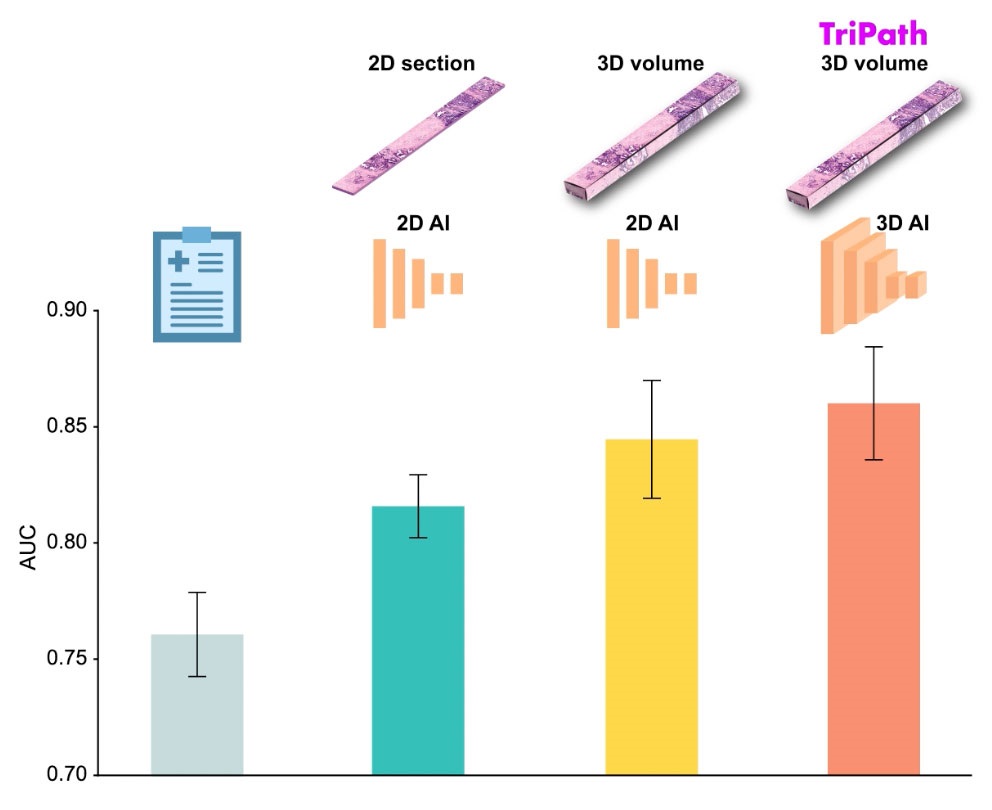Atypical Chronic Lymphocytic Leukemia Identified by Digital Microscopy
|
By LabMedica International staff writers Posted on 09 Sep 2014 |
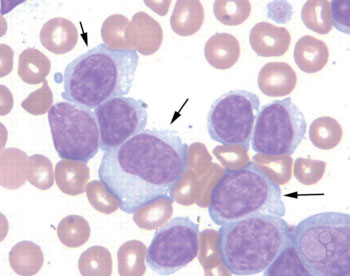
Image: Photomicrograph of a blood film from a patient with atypical chronic lymphocytic leukemia. Lymphocytes were primarily small with round nuclei, condensed chromatin and scant cytoplasm. Approximately 20% of the lymphocytes had the morphologic features of prolymphocytes with finely dispersed chromatin and central nucleoli (arrows) (Photo courtesy of the American Society of Hematology).
Digital microscopy has been used to morphologically classify chronic lymphocytic leukemia (CLL) patients as atypical chronic lymphocytic leukemia (aCLL) or typical CLL (tCLL), and determine the prevalence of prognostic markers in each group.
In tCLL, which are approximately 80% of all cases, over 90% of the circulating lymphocytes are small-to-medium sized with relatively normal morphology, except for a characteristically clumped, chunky chromatin pattern.
Scientists at the Memorial Sloan Kettering Cancer Center (New York, NY, USA) evaluated the lymphocyte morphology on archived blood films of 97 CLL patients, and results of their prognostic marker analysis at diagnosis were obtained between January 2010 and December 2011. All patients included had a confirmed diagnosis of CLL; availability of results for complete blood count, immunophenotyping, immunoglobulin heavy chain V-III region VH26 (IgVH) mutation status, and fluorescence in situ hybridization (FISH) for trisomy 12 and deletions of 13q14, 6q, 17p (tumor protein 53, TP53), and 11q (ataxia telangiectasia mutated, ATM); and an archived peripheral blood film. The age of the archived blood films varied between 8 and 26 months.
The archived Romanowsky-stained blood films were reexamined using the Cellavision AB digital imaging system (Lund, Sweden). Additional lymphocyte subtypes were created within Cellavision for manual subclassification of variant forms seen in aCLL including prolymphocyte, large atypical lymphocyte, and cleaved lymphocyte. The team found that 27% of patients with CLL in their study were morphologically classified as aCLL, similar to that reported in the literature. The aCLL group had a higher prevalence of trisomy 12, unmutated IgVH, and cluster of differentiation 38 (CD38) expression markers associated with poor prognosis.
The authors concluded that using digital microscopy to morphologically identify lymphocyte subtypes and sub classify patients with CLL as tCLL or aCLL is a feasible, rapid, and inexpensive screening tool. Stable morphology consistent with tCLL over time may eliminate the need for more frequent and expensive genetic monitoring, while an unexpected change in morphologic sub classification from tCLL to aCLL may trigger a more extensive workup and a change in therapeutic approach. The study was published in the August 2014 issue of the International Journal of Laboratory Hematology.
Related Links:
Memorial Sloan Kettering Cancer Center
Cellavision AB
In tCLL, which are approximately 80% of all cases, over 90% of the circulating lymphocytes are small-to-medium sized with relatively normal morphology, except for a characteristically clumped, chunky chromatin pattern.
Scientists at the Memorial Sloan Kettering Cancer Center (New York, NY, USA) evaluated the lymphocyte morphology on archived blood films of 97 CLL patients, and results of their prognostic marker analysis at diagnosis were obtained between January 2010 and December 2011. All patients included had a confirmed diagnosis of CLL; availability of results for complete blood count, immunophenotyping, immunoglobulin heavy chain V-III region VH26 (IgVH) mutation status, and fluorescence in situ hybridization (FISH) for trisomy 12 and deletions of 13q14, 6q, 17p (tumor protein 53, TP53), and 11q (ataxia telangiectasia mutated, ATM); and an archived peripheral blood film. The age of the archived blood films varied between 8 and 26 months.
The archived Romanowsky-stained blood films were reexamined using the Cellavision AB digital imaging system (Lund, Sweden). Additional lymphocyte subtypes were created within Cellavision for manual subclassification of variant forms seen in aCLL including prolymphocyte, large atypical lymphocyte, and cleaved lymphocyte. The team found that 27% of patients with CLL in their study were morphologically classified as aCLL, similar to that reported in the literature. The aCLL group had a higher prevalence of trisomy 12, unmutated IgVH, and cluster of differentiation 38 (CD38) expression markers associated with poor prognosis.
The authors concluded that using digital microscopy to morphologically identify lymphocyte subtypes and sub classify patients with CLL as tCLL or aCLL is a feasible, rapid, and inexpensive screening tool. Stable morphology consistent with tCLL over time may eliminate the need for more frequent and expensive genetic monitoring, while an unexpected change in morphologic sub classification from tCLL to aCLL may trigger a more extensive workup and a change in therapeutic approach. The study was published in the August 2014 issue of the International Journal of Laboratory Hematology.
Related Links:
Memorial Sloan Kettering Cancer Center
Cellavision AB
Latest Hematology News
- Next Generation Instrument Screens for Hemoglobin Disorders in Newborns
- First 4-in-1 Nucleic Acid Test for Arbovirus Screening to Reduce Risk of Transfusion-Transmitted Infections
- POC Finger-Prick Blood Test Determines Risk of Neutropenic Sepsis in Patients Undergoing Chemotherapy
- First Affordable and Rapid Test for Beta Thalassemia Demonstrates 99% Diagnostic Accuracy
- Handheld White Blood Cell Tracker to Enable Rapid Testing For Infections
- Smart Palm-size Optofluidic Hematology Analyzer Enables POCT of Patients’ Blood Cells
- Automated Hematology Platform Offers High Throughput Analytical Performance
- New Tool Analyzes Blood Platelets Faster, Easily and Accurately
- First Rapid-Result Hematology Analyzer Reports Measures of Infection and Severity at POC
- Bleeding Risk Diagnostic Test to Reduce Preventable Complications in Hospitals
- True POC Hematology Analyzer with Direct Capillary Sampling Enhances Ease-of-Use and Testing Throughput
- Point of Care CBC Analyzer with Direct Capillary Sampling Enhances Ease-of-Use and Testing Throughput
- Blood Test Could Predict Outcomes in Emergency Department and Hospital Admissions
- Novel Technology Diagnoses Immunothrombosis Using Breath Gas Analysis
- Advanced Hematology System Allows Labs to Process Up To 119 Complete Blood Count Results per Hour
- Unique AI-Based Approach Automates Clinical Analysis of Blood Data
Channels
Clinical Chemistry
view channel
3D Printed Point-Of-Care Mass Spectrometer Outperforms State-Of-The-Art Models
Mass spectrometry is a precise technique for identifying the chemical components of a sample and has significant potential for monitoring chronic illness health states, such as measuring hormone levels... Read more.jpg)
POC Biomedical Test Spins Water Droplet Using Sound Waves for Cancer Detection
Exosomes, tiny cellular bioparticles carrying a specific set of proteins, lipids, and genetic materials, play a crucial role in cell communication and hold promise for non-invasive diagnostics.... Read more
Highly Reliable Cell-Based Assay Enables Accurate Diagnosis of Endocrine Diseases
The conventional methods for measuring free cortisol, the body's stress hormone, from blood or saliva are quite demanding and require sample processing. The most common method, therefore, involves collecting... Read moreMolecular Diagnostics
view channelBlood Proteins Could Warn of Cancer Seven Years before Diagnosis
Two studies have identified proteins in the blood that could potentially alert individuals to the presence of cancer more than seven years before the disease is clinically diagnosed. Researchers found... Read moreUltrasound-Aided Blood Testing Detects Cancer Biomarkers from Cells
Ultrasound imaging serves as a noninvasive method to locate and monitor cancerous tumors effectively. However, crucial details about the cancer, such as the specific types of cells and genetic mutations... Read moreImmunology
view channel.jpg)
AI Predicts Tumor-Killing Cells with High Accuracy
Cellular immunotherapy involves extracting immune cells from a patient's tumor, potentially enhancing their cancer-fighting capabilities through engineering, and then expanding and reintroducing them into the body.... Read more
Diagnostic Blood Test for Cellular Rejection after Organ Transplant Could Replace Surgical Biopsies
Transplanted organs constantly face the risk of being rejected by the recipient's immune system which differentiates self from non-self using T cells and B cells. T cells are commonly associated with acute... Read more
AI Tool Precisely Matches Cancer Drugs to Patients Using Information from Each Tumor Cell
Current strategies for matching cancer patients with specific treatments often depend on bulk sequencing of tumor DNA and RNA, which provides an average profile from all cells within a tumor sample.... Read more
Genetic Testing Combined With Personalized Drug Screening On Tumor Samples to Revolutionize Cancer Treatment
Cancer treatment typically adheres to a standard of care—established, statistically validated regimens that are effective for the majority of patients. However, the disease’s inherent variability means... Read moreMicrobiology
view channel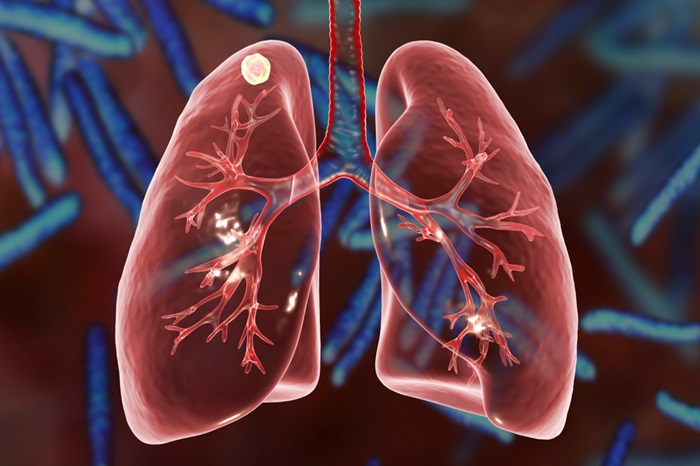
Integrated Solution Ushers New Era of Automated Tuberculosis Testing
Tuberculosis (TB) is responsible for 1.3 million deaths every year, positioning it as one of the top killers globally due to a single infectious agent. In 2022, around 10.6 million people were diagnosed... Read more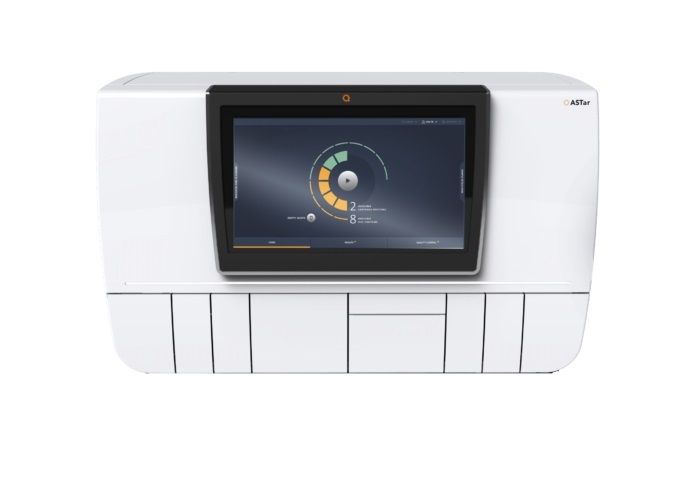
Automated Sepsis Test System Enables Rapid Diagnosis for Patients with Severe Bloodstream Infections
Sepsis affects up to 50 million people globally each year, with bacteraemia, formerly known as blood poisoning, being a major cause. In the United States alone, approximately two million individuals are... Read moreEnhanced Rapid Syndromic Molecular Diagnostic Solution Detects Broad Range of Infectious Diseases
GenMark Diagnostics (Carlsbad, CA, USA), a member of the Roche Group (Basel, Switzerland), has rebranded its ePlex® system as the cobas eplex system. This rebranding under the globally renowned cobas name... Read more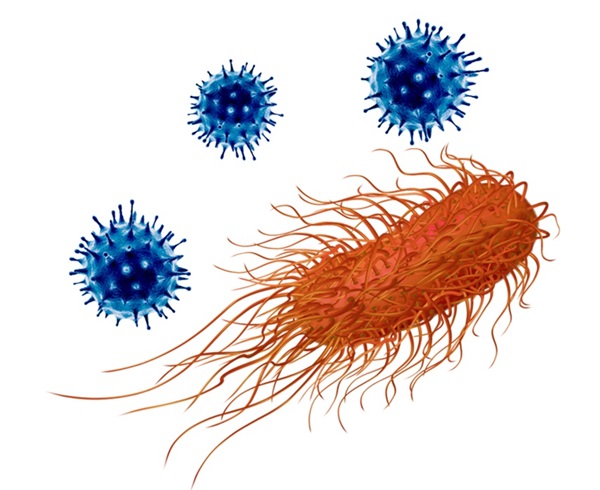
Clinical Decision Support Software a Game-Changer in Antimicrobial Resistance Battle
Antimicrobial resistance (AMR) is a serious global public health concern that claims millions of lives every year. It primarily results from the inappropriate and excessive use of antibiotics, which reduces... Read morePathology
view channel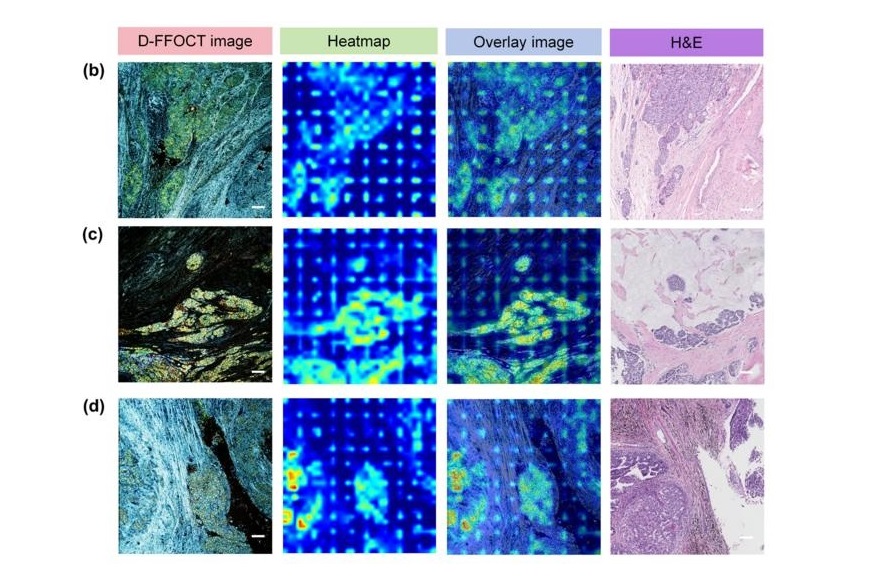
AI Integrated With Optical Imaging Technology Enables Rapid Intraoperative Diagnosis
Rapid and accurate intraoperative diagnosis is essential for tumor surgery as it guides surgical decisions with precision. Traditional intraoperative assessments, such as frozen sections based on H&E... Read more
HPV Self-Collection Solution Improves Access to Cervical Cancer Testing
Annually, over 604,000 women across the world are diagnosed with cervical cancer, and about 342,000 die from this disease, which is preventable and primarily caused by the Human Papillomavirus (HPV).... Read moreHyperspectral Dark-Field Microscopy Enables Rapid and Accurate Identification of Cancerous Tissues
Breast cancer remains a major cause of cancer-related mortality among women. Breast-conserving surgery (BCS), also known as lumpectomy, is the removal of the cancerous lump and a small margin of surrounding tissue.... Read moreTechnology
view channel
New Diagnostic System Achieves PCR Testing Accuracy
While PCR tests are the gold standard of accuracy for virology testing, they come with limitations such as complexity, the need for skilled lab operators, and longer result times. They also require complex... Read more
DNA Biosensor Enables Early Diagnosis of Cervical Cancer
Molybdenum disulfide (MoS2), recognized for its potential to form two-dimensional nanosheets like graphene, is a material that's increasingly catching the eye of the scientific community.... Read more
Self-Heating Microfluidic Devices Can Detect Diseases in Tiny Blood or Fluid Samples
Microfluidics, which are miniature devices that control the flow of liquids and facilitate chemical reactions, play a key role in disease detection from small samples of blood or other fluids.... Read more
Breakthrough in Diagnostic Technology Could Make On-The-Spot Testing Widely Accessible
Home testing gained significant importance during the COVID-19 pandemic, yet the availability of rapid tests is limited, and most of them can only drive one liquid across the strip, leading to continued... Read moreIndustry
view channel
Danaher and Johns Hopkins University Collaborate to Improve Neurological Diagnosis
Unlike severe traumatic brain injury (TBI), mild TBI often does not show clear correlations with abnormalities detected through head computed tomography (CT) scans. Consequently, there is a pressing need... Read more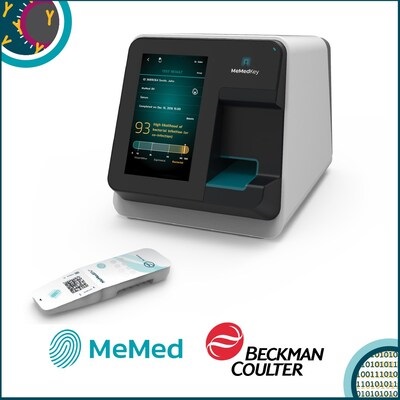
Beckman Coulter and MeMed Expand Host Immune Response Diagnostics Partnership
Beckman Coulter Diagnostics (Brea, CA, USA) and MeMed BV (Haifa, Israel) have expanded their host immune response diagnostics partnership. Beckman Coulter is now an authorized distributor of the MeMed... Read more_1.jpg)







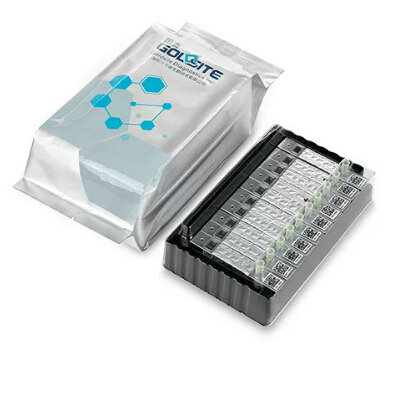

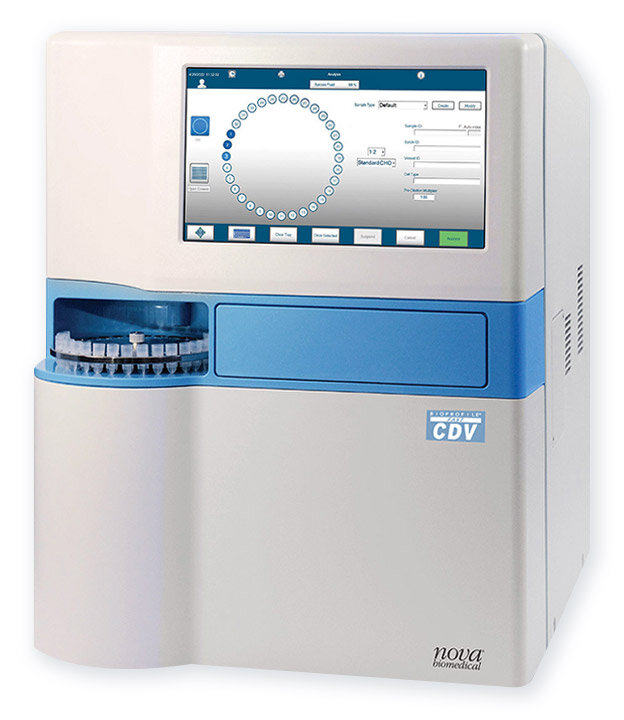


_1.jpg)
.jpg)
